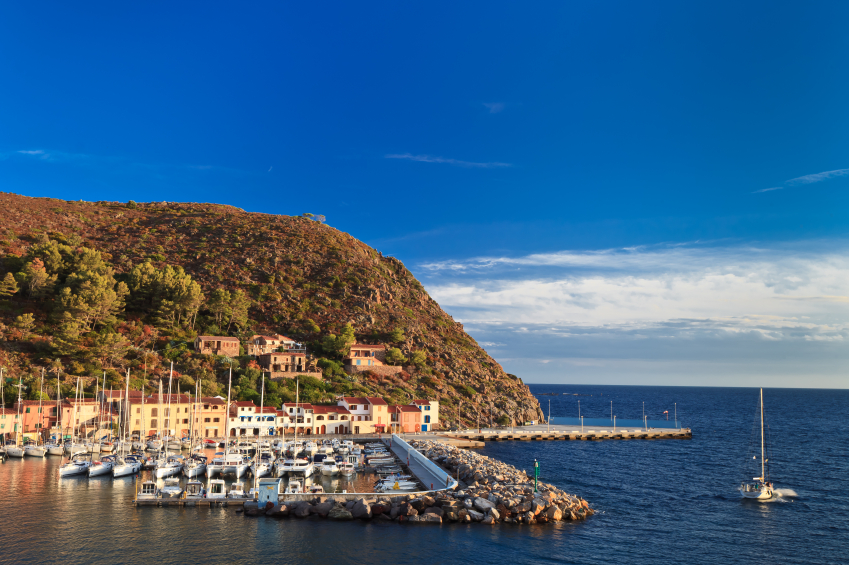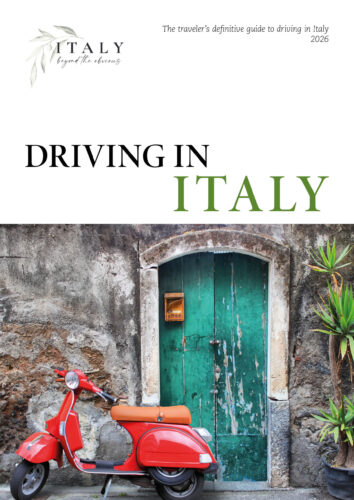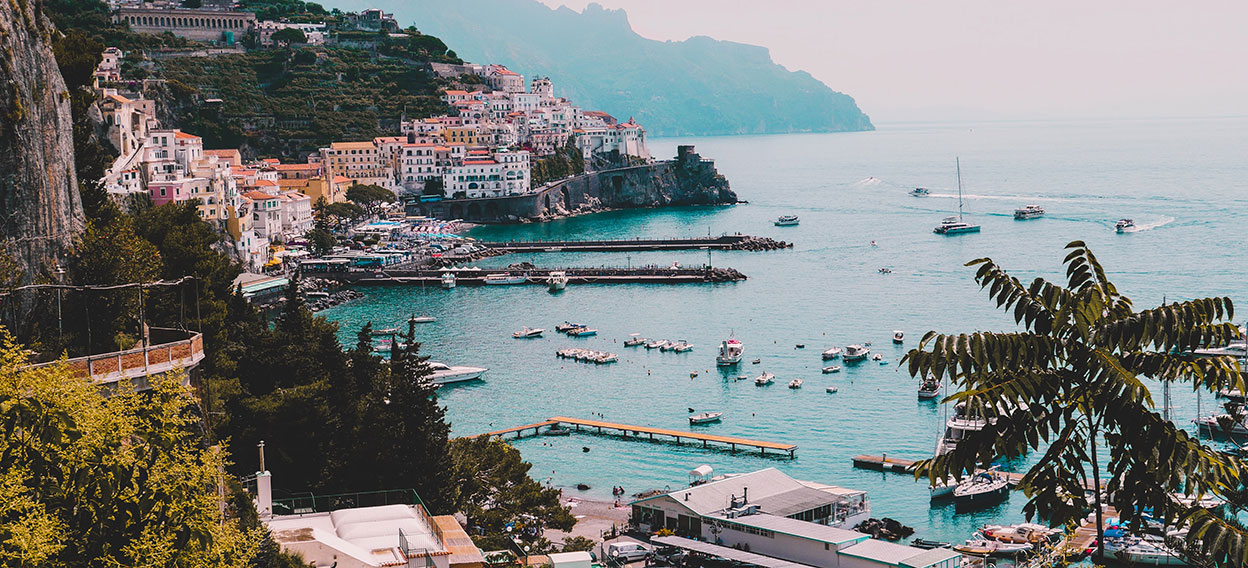What to see and do on Capraia Island, Italy

Port of Capraia Island, Tuscan Archipelago, Italy
Formed by a volcanic eruption 9 million years ago, which produced the island’s gorgeous red rock, the Island of Capraia is referred to as the “wild island”. It’s a national park, and is part of the group of islands off Tuscany, known as the Tuscan Archipelago. It’s a popular summer destination for Italians but it’s very off the beaten track for foreign tourists.
Just a 2.5 hour boat ride from the Italian mainland port of Livorno, but with only a couple ferries a day, the Island of Capraia is a little harder to get to than the other islands of the Tuscan Archipelago such as Giglio or Giannutri.
A Very Short Summary of Capraia’s Exciting History
With a history dating back to 3000 BC, Capraia has been inhabited by the Phoenecians, Greeks, Etruscans and Romans. It has housed a community of monks, has been fortified against pirates, and has been a penal colony.
What To See and Do on Capraia Island
There’s just a single town on the island, which means visitors have enough infrastructure to visit in comfort but still feel like they’ve gotten away from it all. That also means, however, that there are just a few places to stay and a couple of shops, so in high season, book well in advance. The island offers great hiking and walking, bird-watching, beaches, sailing and scuba diving, and some wonderful local food. And of course, there’s a castle.
Capraia is a great place to dive or snorkel, of course, but with its many trails, the island attracts walkers and hikers. The walking paths were originally mule trails, and visitors can pick up a free map of the paths upon arrival. Walk on the mule path which crosses the island, or branch off it to explore the island on a series of smaller paths. Do the half-hour walk from the town to Cala della Zurletta, or the more difficult 3-hour hike up to Monte delle Penne to enjoy the view over Capraia with Corsica on the horizon. There are enough trails on the island to keep hikers busy for a week, although you can get a taste of the island in just a couple of days. Capraia is also where migratory birds stop on their way from Europe to Africa.
While you’re there, try the locally-made honey, blackberry liqueur, goat cheese, fig jam, and of course, seafood.
Best Time to Visit the Island of Capraia
For hiking, gorgeous flowers, and bird watching, visit in the spring. For fun in the sun, go in the summer, when the island is buzzing with tourists. If your priority is seafood, the locals recommend visiting between September and November, which is also when the water is still warm from the summer, and many of the tourists have gone. One tip for an autumn visit: bring mosquito repellent. Note, however, that you’ll be getting around only by foot or by bus and buses run frequently only between about June 15th and September 15th.


